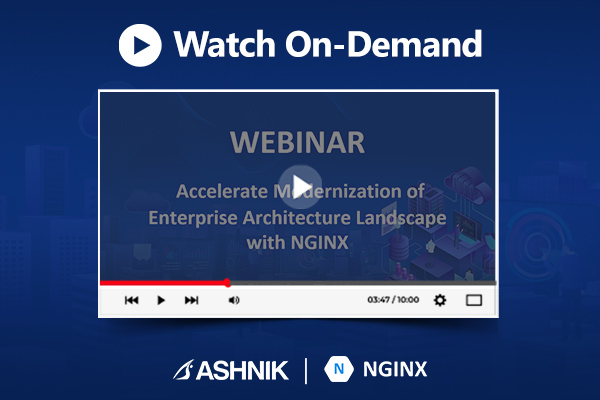Webinars
WATCH AND LEARN
Watch and learn from our Industry experts on how Kubernetes helps enterprises to enhance multi-tier applications – on-premise and in the cloud.
Over the years, there has been a massive transition from on-premise environments to hybrid or multi-cloud…
Running applications in a hybrid set-up creates complexities that can increase downtime and maintenance.
Embracing cloud to run the applications that power your business is one of today’s top IT initiatives. Often, it’s not just the ability to embrace one cloud but multiple clouds.
The adoption of PostgreSQL in enterprises is becoming a strategic choice, more so with the adoption of Multi-Cloud now becoming a need for enterprise deployment.
Today’s modern cloud-native applications make Kubernetes environments highly distributed. They can be deployed across multiple datacentres on-premise, or in the cloud.
In this webinar, our team will share how no matter which flavour of multi-cloud you choose, as a cloud-agnostic database, Redis Enterprise offers the best experience for multi and hybrid cloud deployments.
For businesses that handle personal data every day, the security aspect of their database is of utmost importance. For many organizations, it’s just not practical to be tied to one cloud anymore.
For businesses that handle personal data everyday, the security aspect of their database is of utmost importance. With an increasing number of hack attacks & frauds, organizations want their open source databases to be fully equipped.
Today, CI/CD is becoming a practice for optimum software delivery in almost every organization. What is key is how you manage the secrets in your pipeline, especially in a large organization with multiple projects.
Kafka is an event streaming solution designed for boundless streams of data that sequentially write events into commit logs, allowing real-time data movement between your services.
Today, multi-cloud and hybrid cloud architectures are key initiatives for organizations in their digital transformation plans. And, what helps drive these initiative successfully – the Kubernetes platform.
Database downtime can cost your business a significant sum of money and stress. It is essential to have the right capabilities and tools for configuring business continuity for databases.
Learn how to build an observability platform using Elastic Stack for complex enterprise environments.
Database downtime can cost your business significant revenue. And while PostgreSQL is incredibly stable, it does not identify a database failure or automatically switches traffic to a standby database.
Some of the largest organization in the world today are going cost-efficient by innovating their database layer. Migrating workloads from legacy systems to an enterprise open source database technology like Postgres.
Organizations spend a lot time and money on databases, and even more on the resources required to manage them. Check out this webinar, where Ashnik will demonstrate how MongoDB Ops Manager.
Are your Kubernetes applications not performing well enough? Is your infrastructure oversized? Kubernetes limits and requests dictate the resources available to your applications.
Organisations always demand a quicker turnaround time to get their applications live. In these tough times of COVID-19, it is becoming even more challenging to deploy Database servers at will.
Enterprise IT landscapes have become complex with hybrid platforms for everything – Physical servers, VMs, containers, Kubernetes on one hand, monolith, and micro-services.



